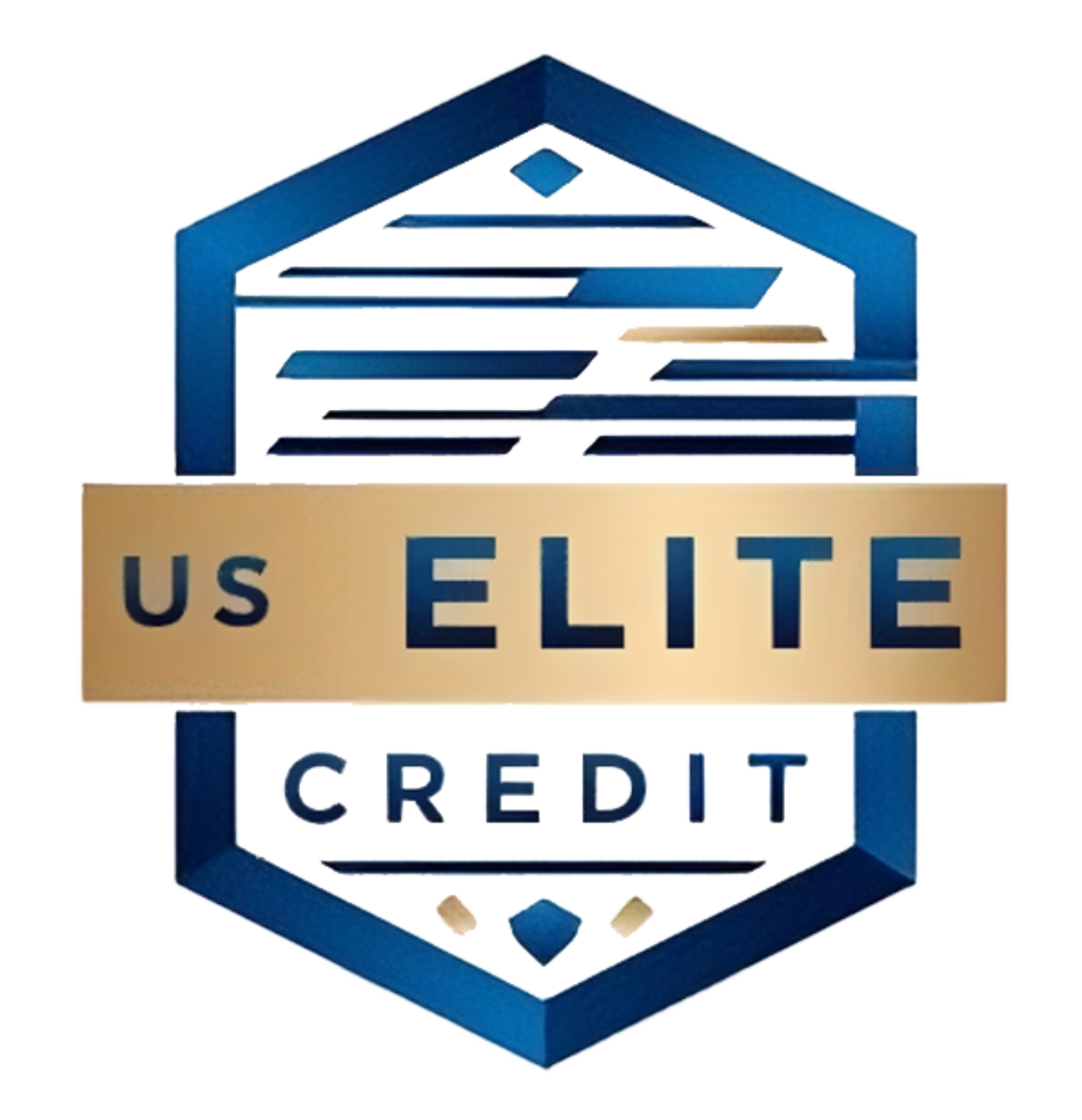Consumers like you are increasingly turning to point of sale (POS) financing options for their purchasing needs. This comprehensive guide will help you navigate the various aspects of POS financing, from the benefits and potential drawbacks to understanding the terms and conditions that come with it. With a clear understanding of this financing method, you can make informed decisions that best suit your financial goals and shopping habits.
Types of Point Of Sale Financing
Before exploring the various options available, it’s vital to understand the types of point of sale financing you may encounter:
- Buy Now, Pay Later (BNPL)
- Credit Cards
- Personal Loans
- Store Financing
- Flexible Payment Plans
Recognizing these types will empower you to choose the right financing solution that fits your needs.
| Type | Description |
|---|---|
| Buy Now, Pay Later | Split payments into installments. |
| Credit Cards | Revolving credit for purchases. |
| Personal Loans | Lump sum loan for various expenses. |
| Store Financing | Retailer-specific financing options. |
| Flexible Payment Plans | Customizable payment options. |
Buy Now, Pay Later (BNPL)
Point of Sale financing through Buy Now, Pay Later (BNPL) programs allows you to make a purchase and pay for it in installments over time. This option lets you shop for the items you need without the burden of paying the total amount upfront. Many retailers offer BNPL, making it a popular choice for consumers looking to manage their budgets more effectively.
Credit Cards
The use of credit cards is a common form of point of sale financing that lets you make purchases on credit. You borrow money from your credit limit and pay it back over time, typically incurring interest if not paid in full by the due date. Credit cards often come with various rewards and benefits, making them an attractive option for consumers.
Plus, when used responsibly, credit cards can significantly enhance your purchasing power and provide you with rewards such as cash back or travel points. Keeping your balance manageable and paying on time can help you build your credit history, which is vital for future financial opportunities.
Personal Loans
Later, personal loans can serve as a reliable point of sale financing option when you require a larger sum for your purchases. These loans provide you with a fixed amount of money upfront, which you repay over time with interest. This option is often used for bigger expenditures, such as furniture or electronics.
Loans from personal lenders can have competitive interest rates, depending on your creditworthiness. They often offer flexibility in terms of repayment amounts and terms, making it easier for you to budget your payments without feeling overwhelmed. It’s vital to thoroughly explore your options to choose a personal loan that aligns with your financial plans.
Step-by-Step Process of POS Financing
Any consumer considering point of sale financing will benefit from understanding the systematic approach involved. Here’s a breakdown of the processes to help you navigate financing effectively:
| Step | Description |
| 1. Application | Fill out the application form with your financial details. |
| 2. Approval and Terms | Receive approval and review the financing terms. |
| 3. Completing the Purchase | Finalize your transaction with the chosen financing option. |
Application Process
With point of sale financing, your journey begins with the application process. You will need to provide personal and financial information, usually through an online or paper form. This data helps lenders assess your creditworthiness and tailor suitable financing offers.
Approval and Terms
StepbyStep, once you submit your application, it undergoes a review by the lender. They evaluate your credit score and financial background, and if approved, you will receive the financing terms. These terms typically include the interest rate, repayment schedule, and any fees involved.
Approval of your application is a significant step as it sets the foundation for your financing agreement. The terms vary based on your credit profile but ensure you thoroughly examine the interest rates and repayment conditions to find an option that suits your financial situation.
Completing the Purchase
Approval after reviewing the terms allows you to move forward with the purchase. At this stage, you will finalize the sale using the approved financing option, which may involve signing a financing agreement or providing any additional information required by the retailer.
Application of your financing can be an uncomplicated process if you have clearly understood the steps previously laid out. Once you secure the approval and agreement terms, you can confidently proceed with your purchase, knowing you’ve made an informed decision regarding your financing.
Factors to Consider
Once again, when evaluating point of sale financing, you need to weigh several factors that can significantly impact your decision. Consider the following:
- Interest Rates
- Loan Amounts and Terms
- Eligibility Requirements
Perceiving these factors holistically will empower you to make an informed choice that aligns with your financial goals.
Interest Rates
Interest rates directly influence the overall cost of financing. It’s crucial to compare rates among different lenders to understand what you may be required to pay over time. A lower interest rate translates to less money paid in finance charges, making your purchase more affordable in the long run.
Loan Amounts and Terms
An understanding of the loan amounts and repayment terms is vital in point of sale financing. Lenders often provide different amounts based on your credit score and financial situation, along with various terms that can stretch from a few months to several years.
A comprehensive analysis of your financial capabilities and needs will help you select the loan amount and term that best suits your budget without compromising your financial stability. Being aware of how much you can borrow and for how long you will be repaying it will enable you to make responsible purchasing decisions.
Eligibility Requirements
One important aspect of point of sale financing involves eligibility requirements set by lenders. These criteria typically include your credit score, income, and employment history, which determine whether you qualify for financing and at what terms.
Understanding these requirements will guide you in preparing your application and improving your chances of approval. By being proactive in addressing any financial issues, like boosting your credit score or ensuring a stable income, you can position yourself favorably when presenting your financing options.
Pros and Cons of POS Financing
Many consumers find Point of Sale (POS) financing appealing, but it’s important to weigh both the advantages and disadvantages. Below is a comparison that can help you decide if it’s the right option for you.
| Pros | Cons |
|---|---|
| Quick and easy approval | High-interest rates |
| Flexible payment options | Poorly structured promotions |
| Immediate access to goods | Potential for over-borrowing |
| No credit checks required | Fees can add up |
| Boosts purchasing power | Short repayment terms |
Advantages
Any consumer looking to make a purchase without the upfront cost may find POS financing to be a beneficial option. It allows you to divide your payments into manageable installments, making larger purchases more feasible. You’ll also often receive quick approval, which means you can take home the item you want immediately, enhancing your shopping experience.
Disadvantages
While POS financing can provide immediate benefits, it’s not without its drawbacks. You may encounter high-interest rates, making the total cost substantially more than the original purchase price. Additionally, promotional offers can be misleading, and the short repayment terms might pressure you into making bigger payments than you can comfortably handle.
For instance, if a promotional offer sounds too enticing, you may overlook the fine print, which could lead to unforeseen fees or high interest impacting your finances long-term. This can ultimately turn a seemingly good deal into a financial burden, making it important to fully understand the terms before committing to POS financing.
Tips for Consumers
Despite the conveniences of point of sale financing, it’s necessary to approach it with caution. Here are some tips to guide you:
- Understand the terms and conditions.
- Compare different financing options.
- Assess the impact on your credit score.
- Read customer reviews before committing.
Recognizing the multifaceted nature of financing will help you make an informed choice.
Evaluating Options
Some financing options come with varying terms, rates, and conditions that can significantly impact your finances. Take the time to compare the different products available and assess the total cost of each to identify what best suits your needs.
Budgeting for Repayments
For successful management of your financing, it’s vital to budget for your repayments. Ensure you assess your monthly income against your expenses to determine how much you can afford to allocate towards repayment without straining your finances.
Understanding your financial landscape helps you realistically set aside the necessary funds for your monthly installments. Consider creating a budget that incorporates these payments, allowing you to maintain a healthy balance between financing obligations and necessary living expenses.
Avoiding Common Pitfalls
Common mistakes consumers make include overlooking fine print details, missing payments, and underestimating total costs. Be diligent in reading through agreements and make sure you remain within your repayment schedule to avoid penalties.
Repayments can add up if not monitored closely. Always track your payment dates, and make timely payments to avoid unnecessary fees and interest, ensuring your financing experience remains positive and beneficial.
Conclusion
Drawing together the insights from this comprehensive guide on point of sale financing, you can now make informed decisions that best fit your financial needs. Understanding the various options available allows you to leverage financing effectively for your purchases. By weighing the benefits and potential drawbacks, you can enhance your shopping experience while managing your budget wisely. Ultimately, being well-informed empowers you to maximize the advantages of point of sale financing for your future transactions.

